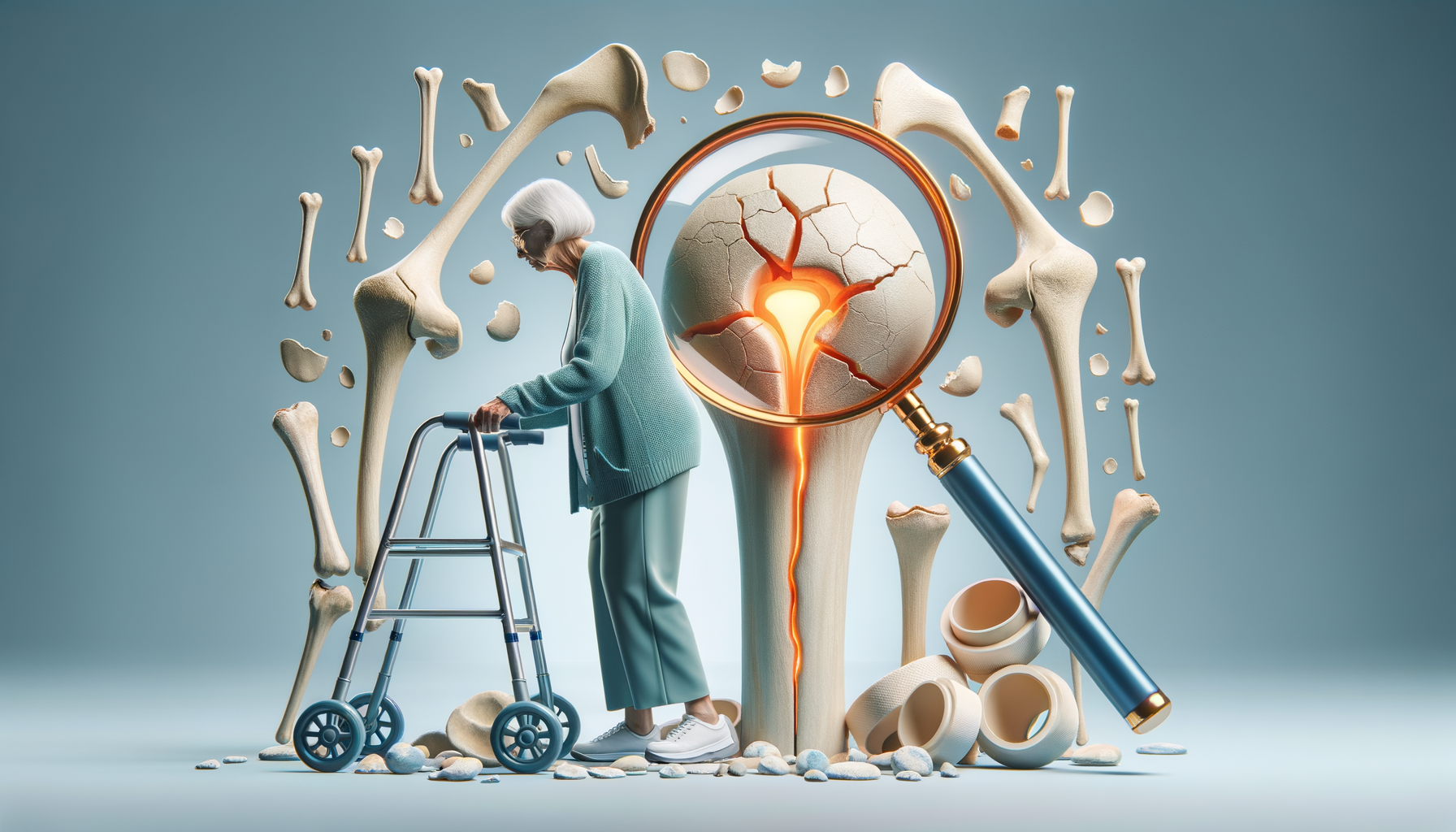What To Know About How Osteoporosis May Impact Fall Risk In Senior Women Over 70
Could there be a link between bone health and stability as the years progress? Exploring the complexities of skeletal changes reveals a potential influence on physical balance. Understanding this connection can offer valuable insights into potential challenges.

Understanding Osteoporosis and Increased Fall Risk in Senior Women Over 70
As women age, particularly those over 70, the risk of developing osteoporosis increases significantly. Osteoporosis is a condition characterized by weakened bones, which can lead to a higher likelihood of fractures. This condition is particularly concerning in senior women due to the natural decline in bone density that occurs with age. The relationship between osteoporosis and increased fall risk in senior women over 70 is a critical area of study, as falls can lead to severe injuries and a decline in overall health.
Studies have shown that women are more susceptible to osteoporosis than men, primarily due to hormonal changes that occur during menopause. These changes can accelerate bone density loss, making bones more fragile and prone to breakage. The effects of bone density loss on fall susceptibility in elderly women are profound, as weaker bones are less capable of withstanding the impact of a fall.
Understanding the impact of osteoporosis on balance and mobility in older women is essential for developing effective prevention strategies. Reduced bone density not only affects the structural integrity of bones but also impacts the overall balance and stability of the body. As bones become more brittle, the ability to recover from minor stumbles or slips diminishes, increasing the risk of falls.
Preventing Falls in Senior Women Over 70 with Osteoporosis
Preventing falls in senior women over 70 with osteoporosis requires a multifaceted approach that addresses both physical and environmental factors. One of the most effective strategies is to focus on improving bone health through diet and exercise. Adequate intake of calcium and vitamin D is crucial for maintaining bone strength, while weight-bearing exercises can help to slow bone density loss.
In addition to dietary and exercise interventions, it is important to consider the living environment of senior women. Ensuring that homes are free from tripping hazards, such as loose rugs or clutter, can significantly reduce the likelihood of falls. Installing grab bars in bathrooms and providing adequate lighting throughout the home are also effective measures for enhancing safety.
Moreover, regular health check-ups can aid in monitoring bone density and assessing fall risk. Healthcare providers can offer personalized advice and interventions tailored to individual needs. By taking proactive steps, the risk of falls and their associated complications can be minimized, allowing senior women to maintain their independence and quality of life.
Strategies to Reduce Fall Risk for Senior Women Over 70 with Osteoporosis
Developing strategies to reduce fall risk for senior women over 70 with osteoporosis involves a combination of lifestyle modifications and medical interventions. Engaging in regular physical activity, such as tai chi or yoga, can improve balance and coordination, which are crucial for preventing falls. These activities not only enhance physical strength but also boost confidence in mobility.
Medical interventions, such as medications that strengthen bones, may be recommended for some women. These medications can help to slow the progression of osteoporosis and reduce the risk of fractures. However, it is important to discuss potential side effects with healthcare providers to ensure that the benefits outweigh the risks.
Support from family and community resources can also play a vital role in fall prevention. Encouraging social engagement and participation in community activities can promote physical activity and mental well-being. Additionally, educational programs that raise awareness about osteoporosis and its impact on fall risk can empower women to take control of their health.
By implementing these strategies, senior women can reduce their fall risk and enjoy a more active and fulfilling life. The key is to adopt a comprehensive approach that addresses both the physical and psychological aspects of fall prevention.